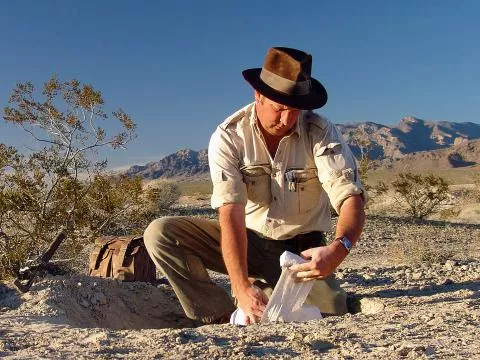Evolving Icons: Ice Age horses of the American West
Presented by Eric Scott
 Tuesday, March 3, 2015, 7:30 PM
Tuesday, March 3, 2015, 7:30 PM
San Bernardino County Museum, 2024 Orange Tree Lane, Redlands Horses are icons of the American West. Whether it’s prospectors, cowboys, natives, or settlers in their covered wagons, one can’t help but imagine horses alongside them all. But horses have a connection with the West that goes far deeper than just human history, reaching back to the Ice Ages and beyond.
On March 3rd, join Curator of Paleontology Eric Scott for his illustrated presentation Ice Age Horses of the American West.at the meeting of the Sierra Club San Gorgonio Chapter. The meeting is Tuesday, March 3, at 7:30 PM at the San Bernardino County Museum, 2024 Orange Tree Lane, Redlands. The meeting is free and open to the public.
Native to North America, horses have been key players in ancient ecosystems for over fifty million years, and were mainstays of large mammal communities throughout the Ice Ages. Because of this success, Pleistocene horse fossils are extremely abundant throughout the American West.
Scott’s research focuses on these remains. His studies have taken him to tar pits, frozen caves, and blistering southwestern deserts. His talk will showcase some of his recent work at a variety of these sites, notably the Tule Springs site in southern Nevada and Natural Trap Cave in northern Wyoming. He’ll also discuss his research in museum collections throughout the US.
Eric Scott is Curator of Paleontology for the San Bernardino County Museum in Redlands, California, where he has worked since 1991. He is also an adjunct professor in biology at California State University, San Bernardino. He studies the evolution and extinction of Ice Age large mammals in western North America, with a strong emphasis on extinct horses and bison.
Eric’s studies include both field and museum work throughout the western United States as well as Mexico and eastern Africa, and he has authored numerous paleontology research articles in books and professional scientific journals. He is a 30-year member of the Society of Vertebrate Paleontology, an international society of professional scientists, where he currently serves on the Ethics and Government Liaison Committees. Eric is also an Associate Editor for the Journal of Paleontology.
Prior to his present position as Museum Curator, Eric was Chief Excavator at the Rancho La Brea “tar pits” in Los Angeles from 1985 - 1991. He graduated from the University of California, Los Angeles in 1990. Eric presently lives in Bloomington, California with his wife, Kim, who is also a paleontologist.
